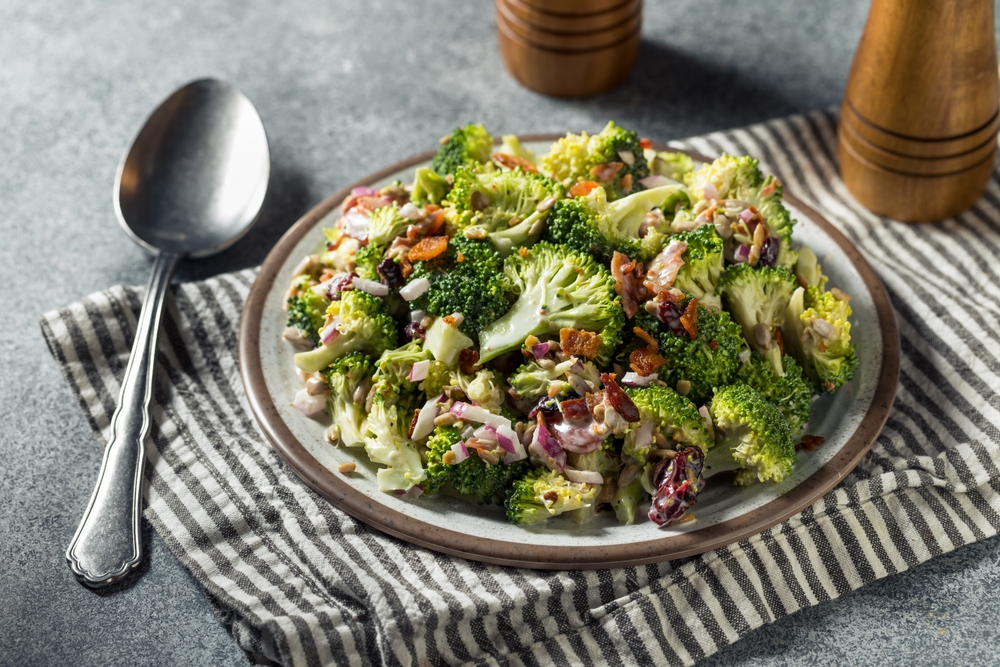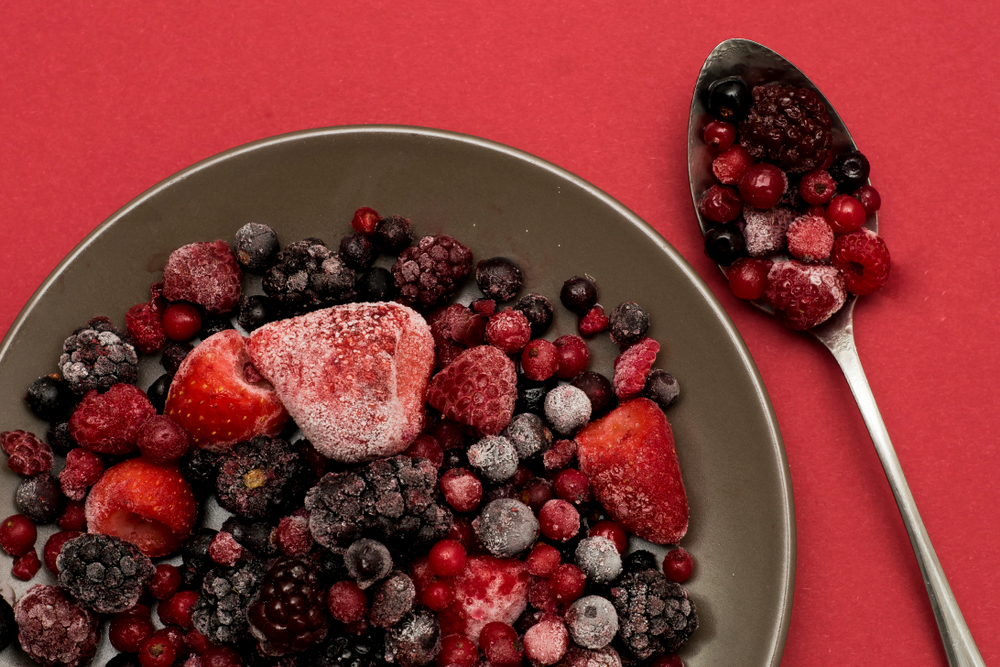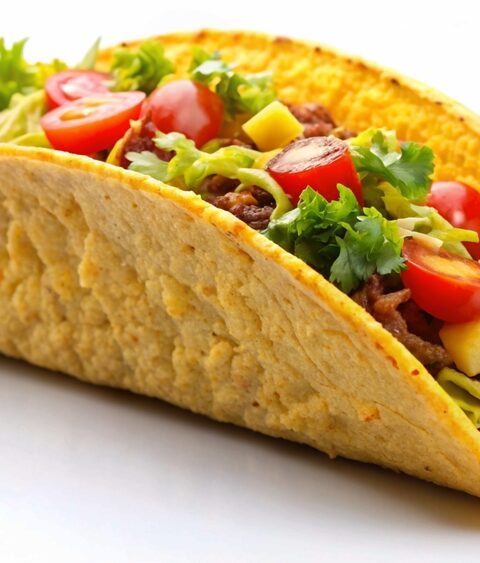Cutting back on salt? No problem! This article is all about showing you some tasty low-sodium food options that’ll help you maintain a healthy diet without missing out on flavor. We’ve rounded up 26 fantastic foods that pack a punch in nutrients while keeping the sodium on the low side. Whether you’re whipping up a meal at home or looking for the perfect healthy snack, these choices are sure to delight your taste buds and support your health goals.
Contents
- 1 Potato Wedges
- 2 Swiss Cheese
- 3 Mushroom Caps
- 4 Brown Rice
- 5 Unsalted Butter
- 6 Hummus
- 7 Strawberries
- 8 Fresh Cuts of Chicken, Beef, Pork, and Fish
- 9 Quinoa
- 10 Fresh Vegetables
- 11 Oats
- 12 Salt-Free Pretzels
- 13 Homemade Salad Dressing
- 14 Sweet Pickles
- 15 Salmon, Tuna, and Sardines
- 16 Unsalted Nuts
- 17 Apples
- 18 Whole-Grain Pasta
- 19 Dried Beans
- 20 Yogurt
- 21 Milk
- 22 Asparagus
- 23 Spinach
- 24 Homemade Ketchup
- 25 Homemade Soup
- 26 Homemade Pizza
- 27 More From RetailShout
- 28 10 Best Practices for Freezing Meals and Preserving Flavor
- 29 15 Foods to Avoid for Healthier Joints
Potato Wedges
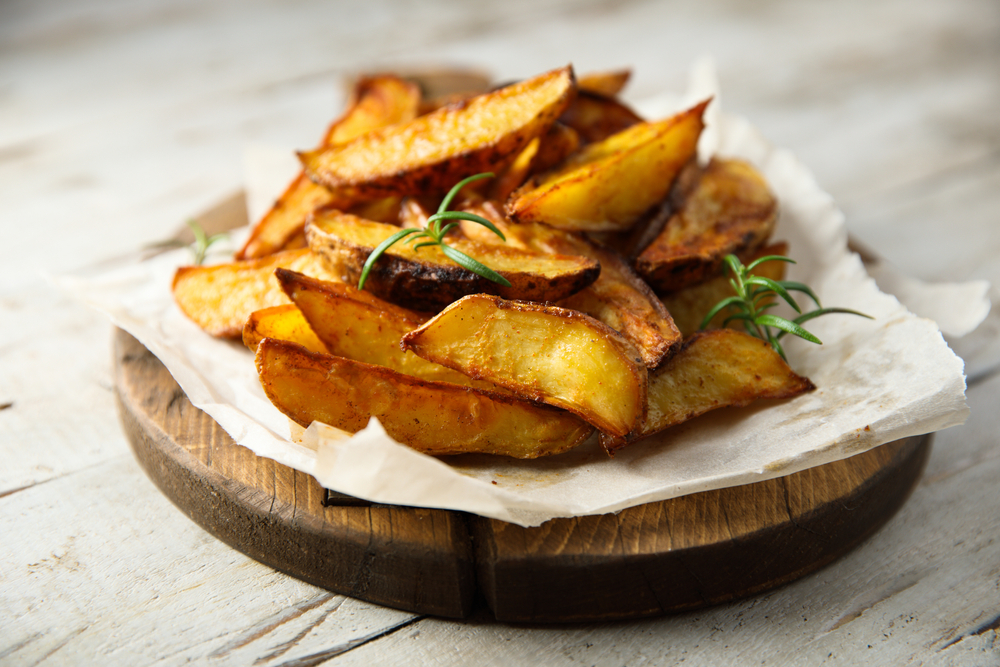
Baked potato wedges are a nutritious alternative to fried foods. They are high in potassium and fiber, especially if you consume the skin. Replacing french fries with homemade low-sodium potato wedges cuts down on your salt and fat intake. Potatoes also provide vitamin C and vitamin B6, supporting your immune system and metabolism.
Swiss Cheese
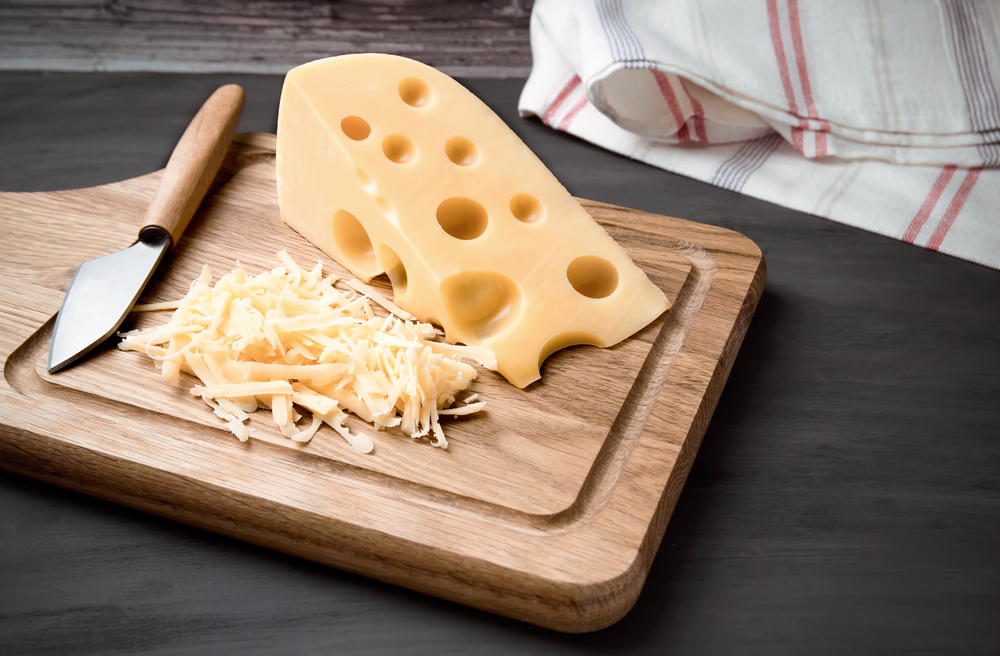
Swiss cheese is a better option compared to higher-sodium cheeses like blue cheese or feta. It offers a good amount of calcium and protein without the excess salt, supporting bone health and muscle function. Including Swiss cheese in your diet instead of high-sodium varieties can help manage blood pressure levels. It’s versatile, making it easy to incorporate into sandwiches and salads.
Mushroom Caps
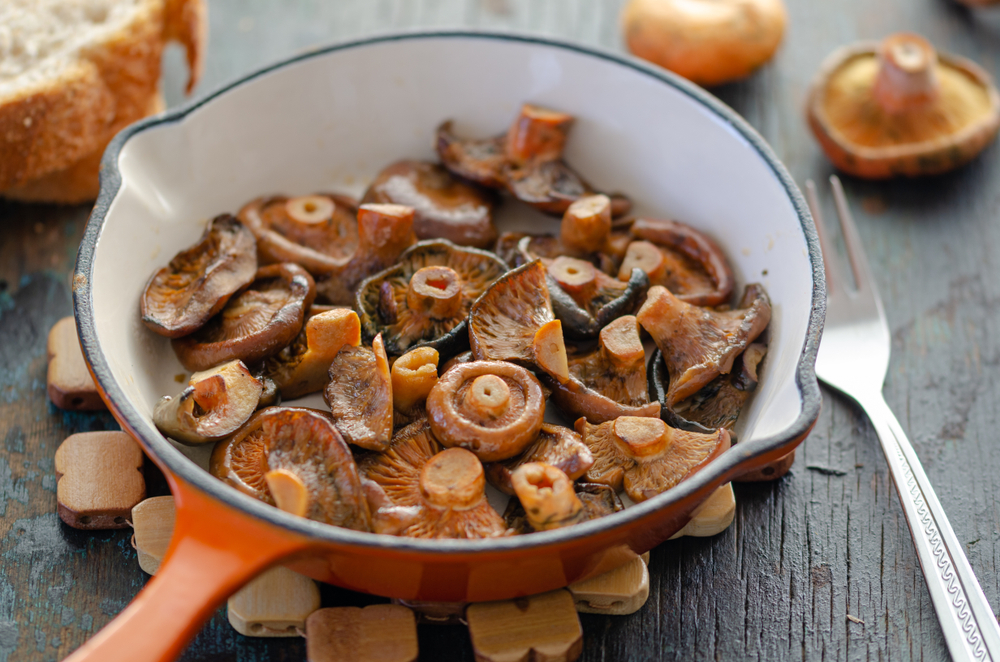
Mushroom caps are low in sodium and high in nutrients like selenium, potassium, and vitamin D, which are vital for immune function and bone health. Using mushroom caps as a substitute for processed meats in dishes such as pizzas or burgers can substantially lower your sodium intake. They are also low in calories, helping to maintain a healthy weight.
Brown Rice
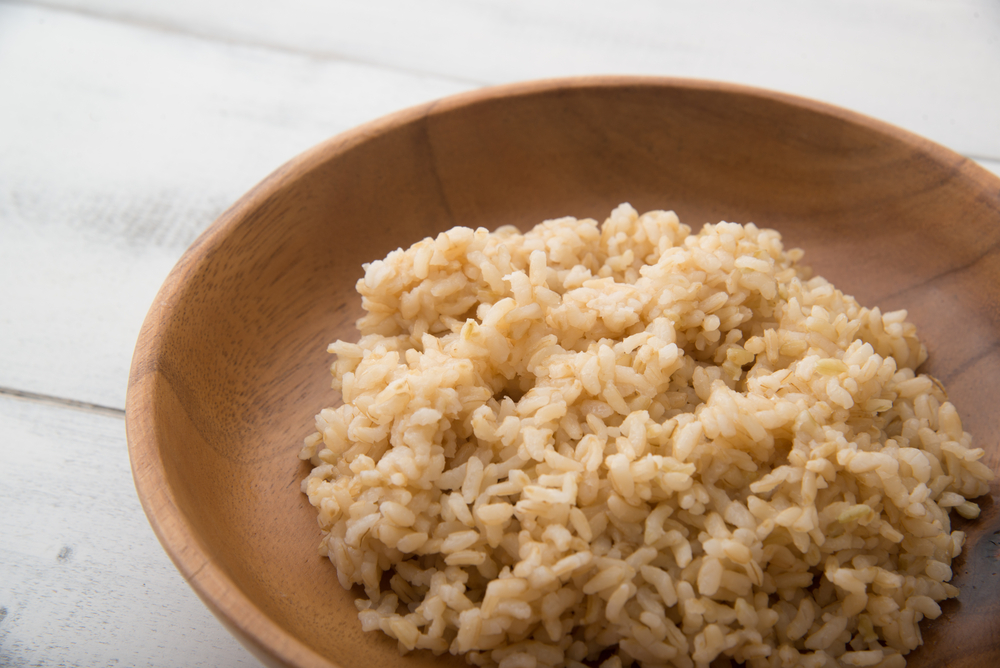
Brown rice is a nutritious whole grain that offers a low-sodium alternative to white rice. It is high in fiber, which can help reduce blood pressure and promote heart health. By choosing brown rice, you avoid the higher sodium levels found in packaged rice mixes. Its rich magnesium content also supports metabolic health.
Unsalted Butter
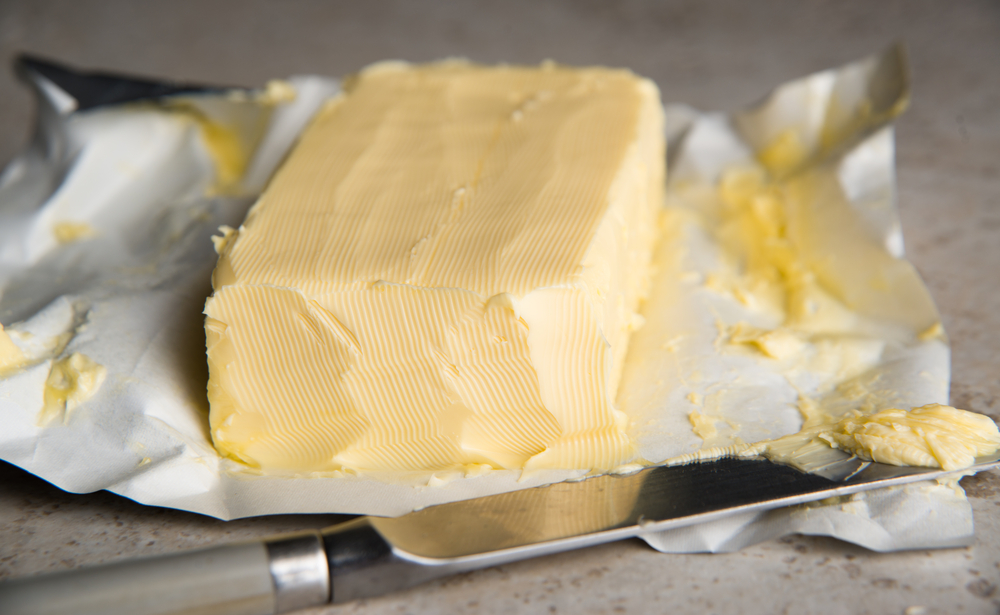
Unsalted butter is a better choice for those looking to control their sodium intake while still enjoying the flavor and benefits of butter, which includes vitamins A and D, essential for good vision and bone health. By using unsalted butter, you avoid the higher sodium content found in regular butter.
Hummus

Hummus made with low sodium is a great spread alternative to those high in salt, such as certain cheeses and processed dips. It’s rich in protein and fiber from chickpeas, promoting digestive health and satiety. Regularly incorporating hummus can help reduce cholesterol levels and support heart health.
Strawberries

Strawberries are naturally low in sodium and provide a wealth of nutrients, including vitamin C, manganese, and powerful antioxidants. Eating strawberries instead of sodium-laden dessert options or snacks can help reduce overall sodium intake while providing a sweet treat.
Fresh Cuts of Chicken, Beef, Pork, and Fish
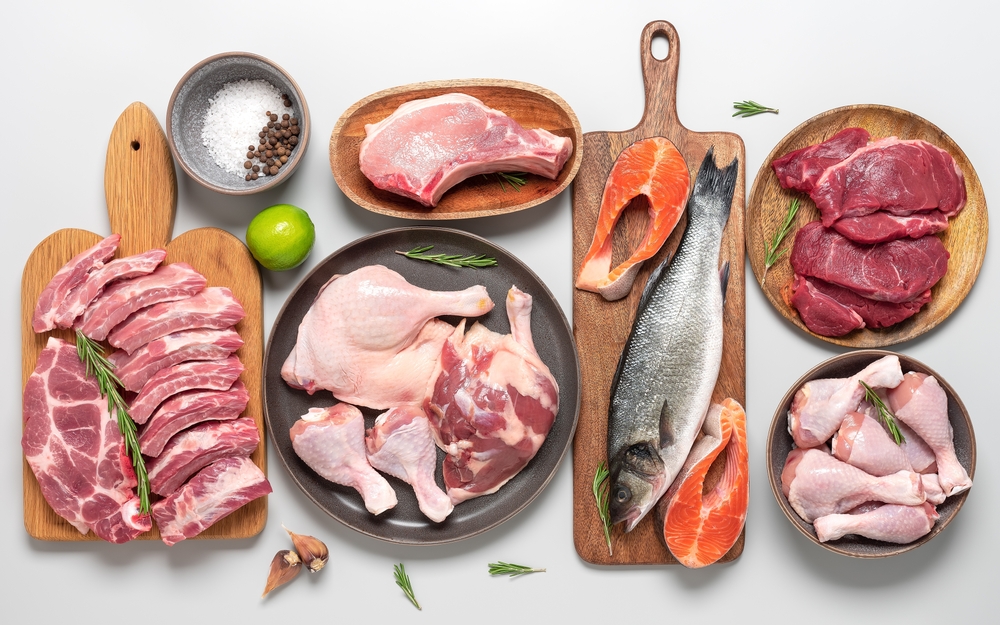
Choosing fresh cuts of these meats instead of processed or pre-marinated versions significantly reduces your sodium intake. These protein sources are versatile and essential for muscle repair and growth. They also provide important nutrients such as iron, zinc, and B vitamins.
Quinoa
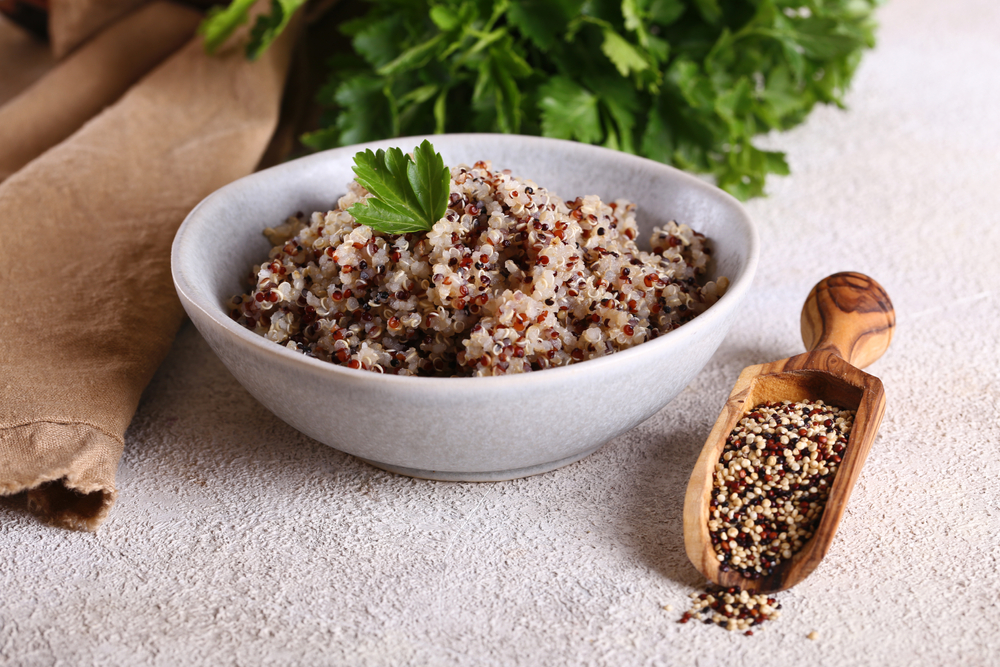
Quinoa is an excellent low-sodium grain alternative that is also gluten-free. It’s packed with protein and all nine essential amino acids, making it a complete protein source. Quinoa is also high in fiber and magnesium, aiding in blood sugar control and heart health.
Fresh Vegetables
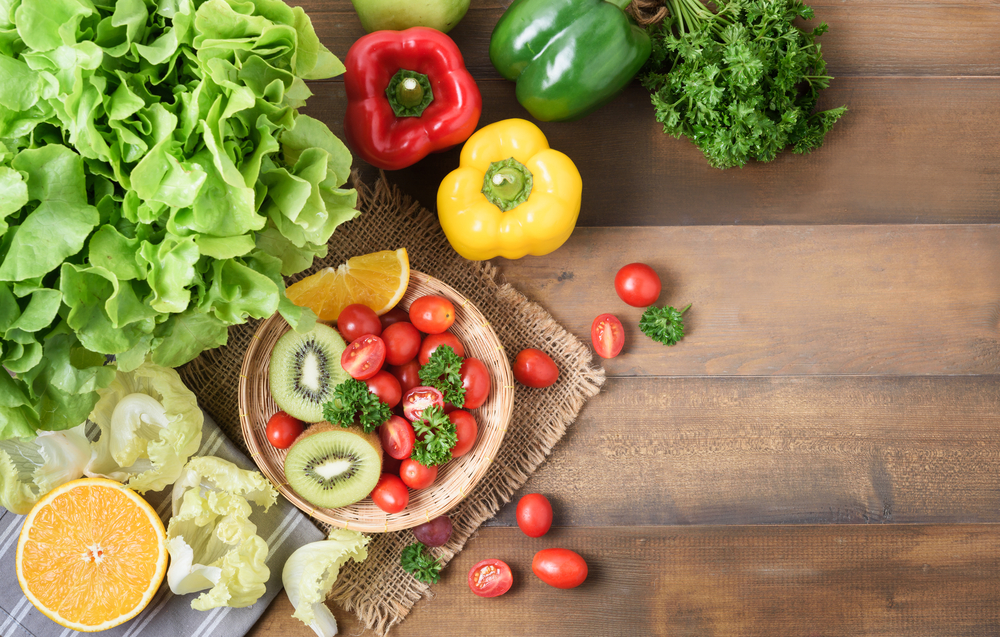
Fresh vegetables are naturally low in sodium and high in potassium, vitamins, and fiber, which help balance sodium levels in the body and support overall health. Replacing canned or processed vegetables with fresh ones can significantly reduce your sodium intake.
Oats
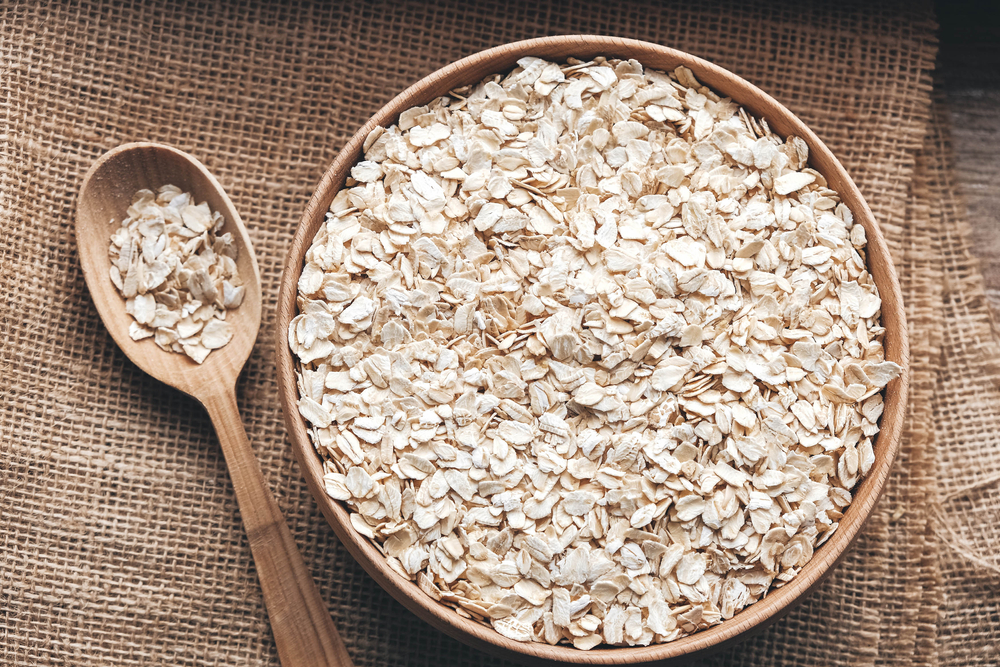
Oats are an excellent low-sodium option for breakfast. They are high in soluble fiber, which helps lower cholesterol and stabilizes blood glucose levels. By choosing oats, you avoid high-sodium breakfast cereals and get a heart-healthy start to your day.
Salt-Free Pretzels
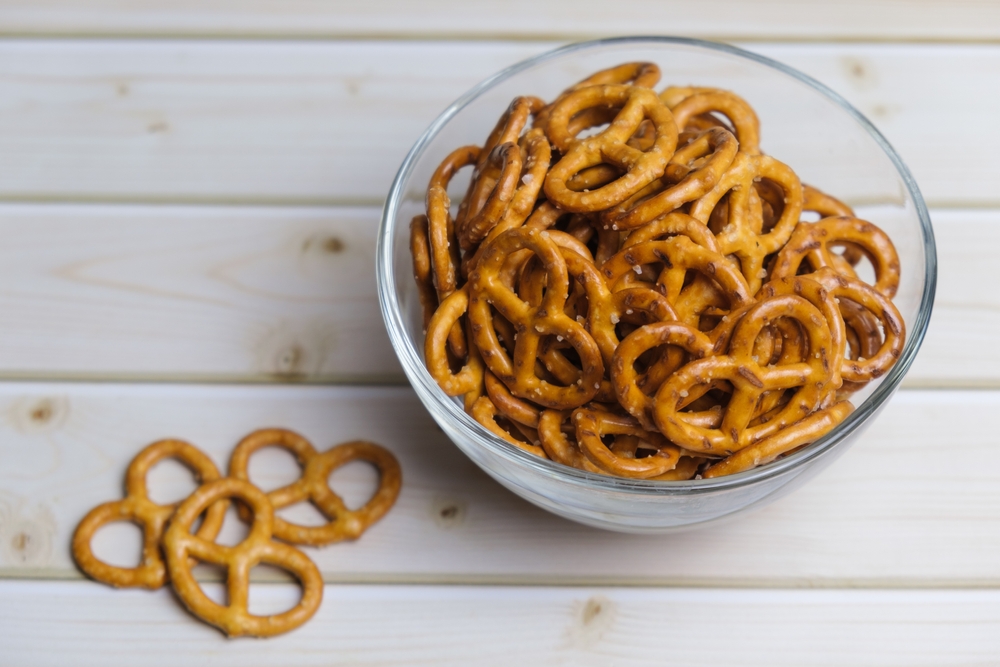
Salt-free pretzels offer a crunchy snack option without the added sodium found in regular pretzels. They can satisfy the craving for a salty snack without the actual salt, helping to keep your sodium consumption in check.
Homemade Salad Dressing
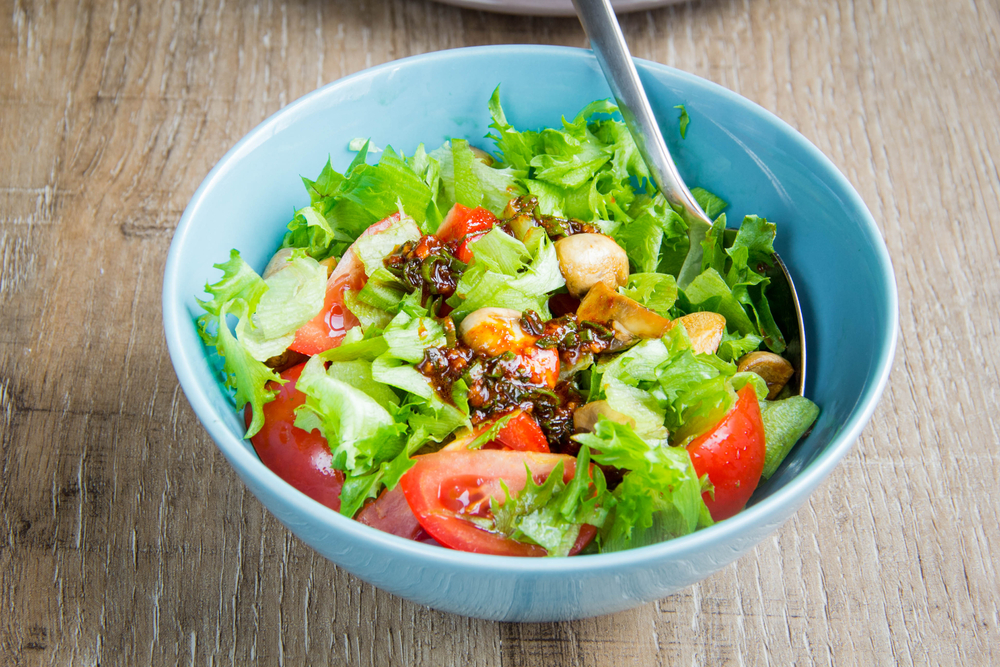
Creating your own salad dressing allows you to avoid the high sodium content in many store-bought dressings. Using ingredients like olive oil, vinegar, herbs, and spices, you can flavor your salads without unnecessary sodium.
Sweet Pickles
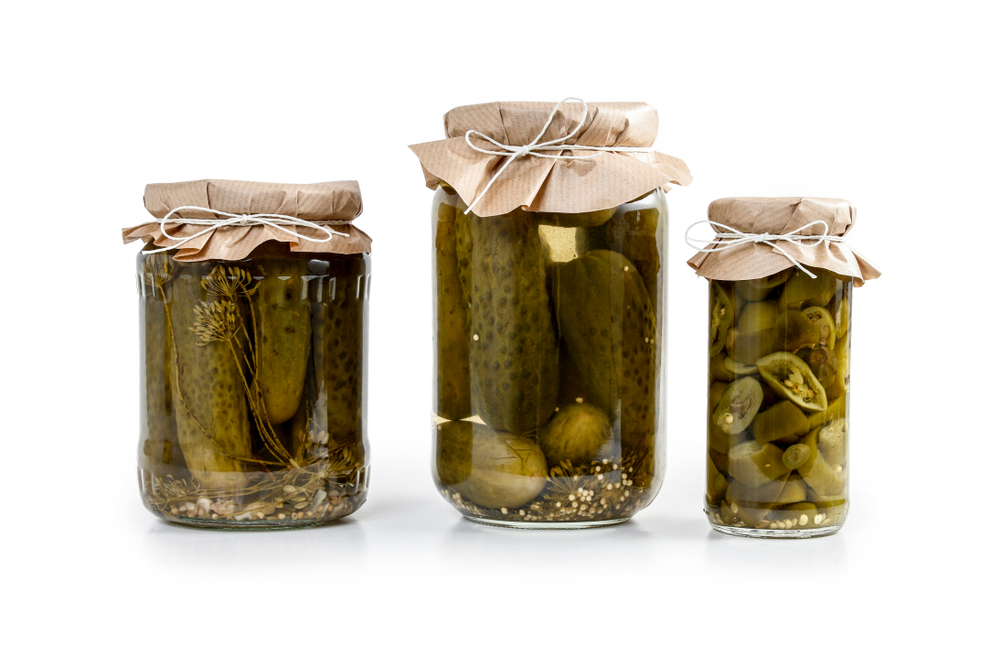
Opting for low-sodium sweet pickles instead of regular pickles can reduce your sodium intake while still enjoying the sweet and tangy flavor that pickles offer. They can be a great addition to sandwiches or as a snack.
Salmon, Tuna, and Sardines
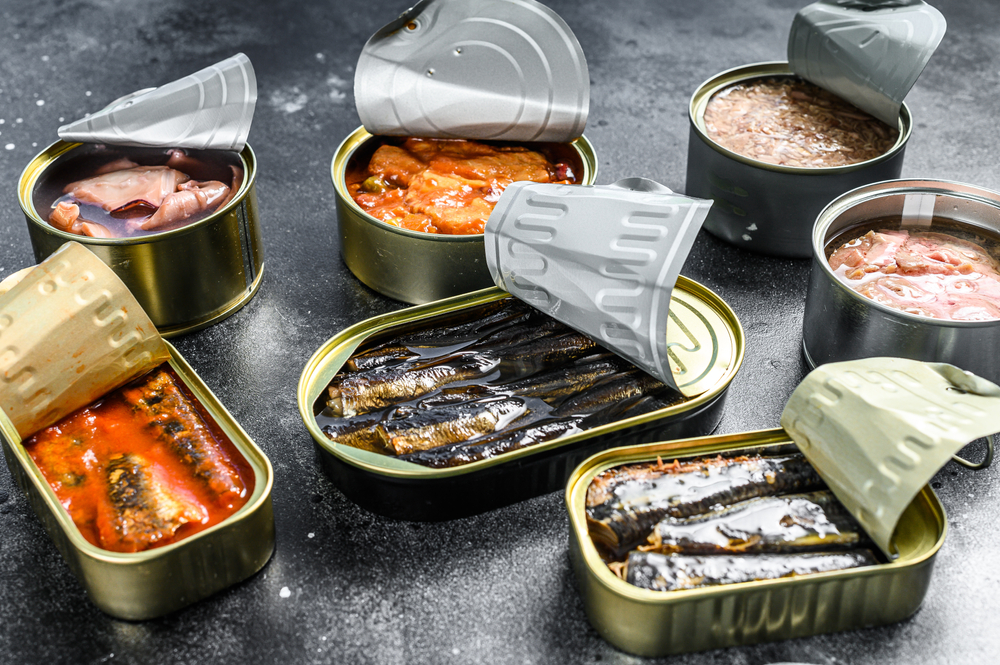
These fish are natural sources of omega-3 fatty acids, which are important for cardiovascular health. Choosing fresh or low-sodium canned options helps maintain a low-sodium diet while benefiting from the heart-healthy fats they offer.
Unsalted Nuts
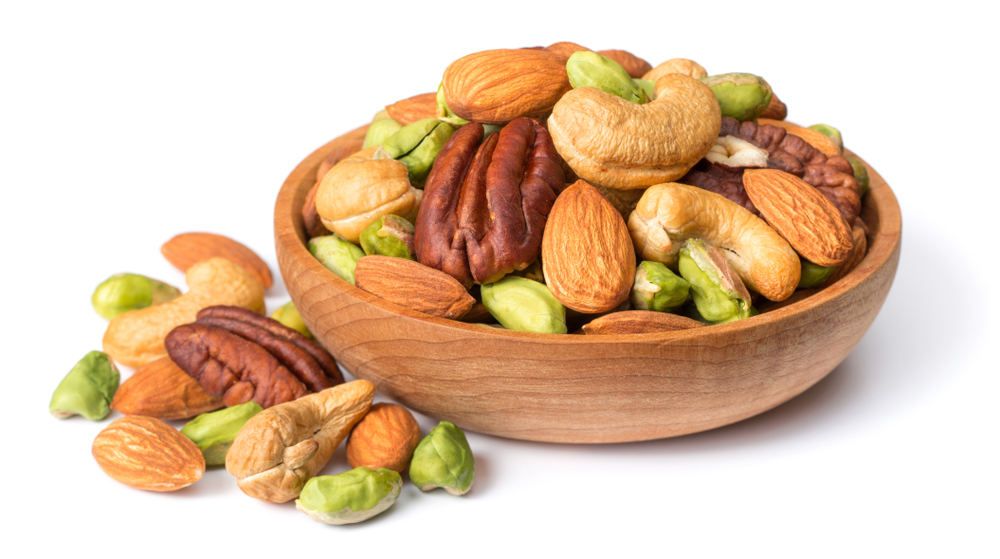
Unsalted nuts are a healthy snack that provides essential fats, protein, and fiber without added sodium. They are perfect for reducing sodium intake while still enjoying a satisfying snack.
Apples

Apples are a sodium-free fruit that provides dietary fiber, vitamin C, and various antioxidants. They are a great snack option that can help maintain healthy blood pressure and reduce the risk of chronic diseases.
Whole-Grain Pasta
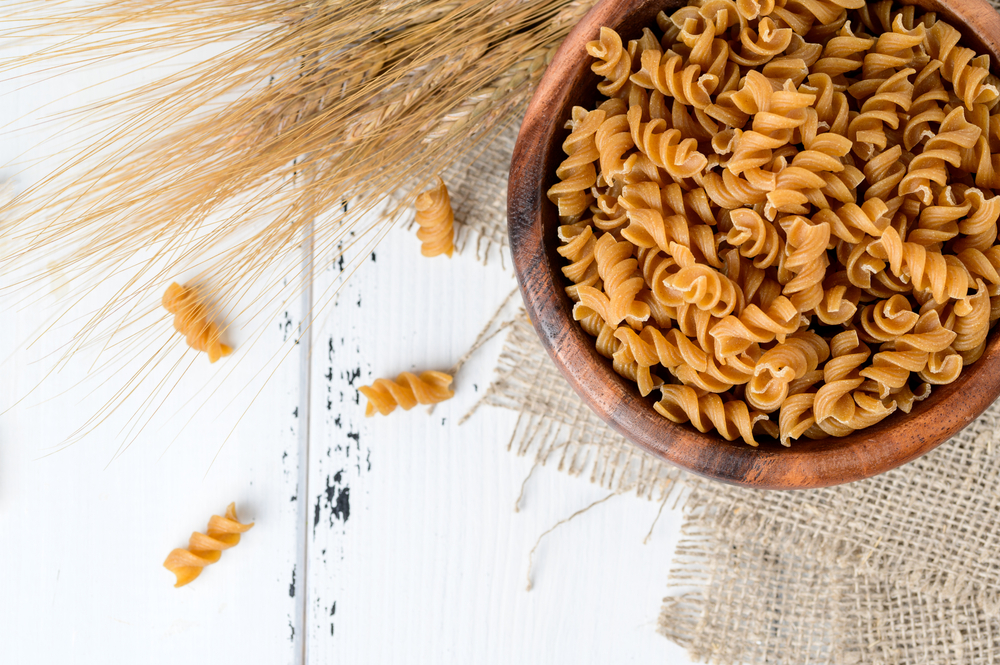
Whole-grain pasta is a nutritious alternative to refined pasta, offering more fiber and nutrients with minimal sodium. It helps in managing blood sugar and cholesterol levels, making it a healthier choice.
Dried Beans
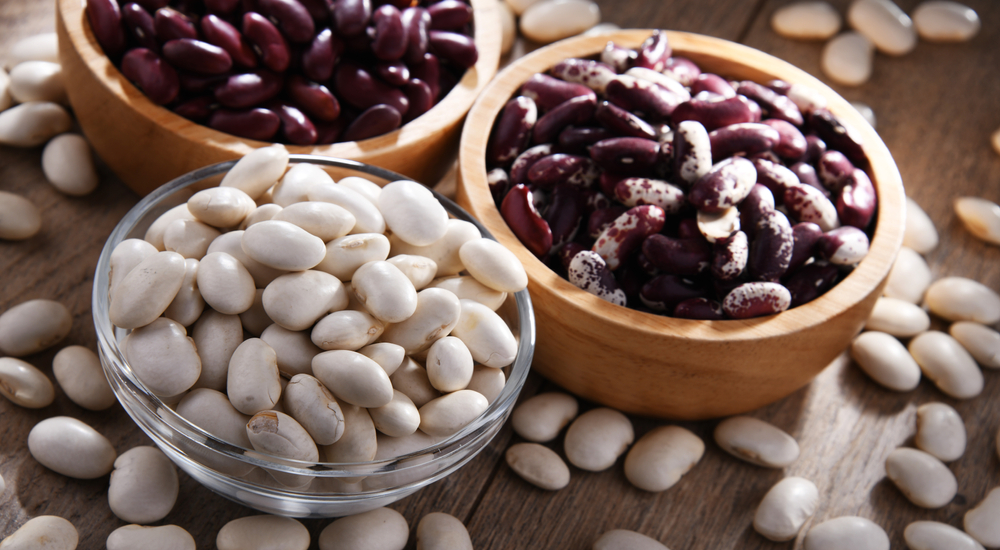
Dried beans are an excellent low-sodium food that provides protein, fiber, iron, and potassium. They are a versatile ingredient that can be used in a variety of dishes to increase nutrient intake without adding sodium.
Yogurt
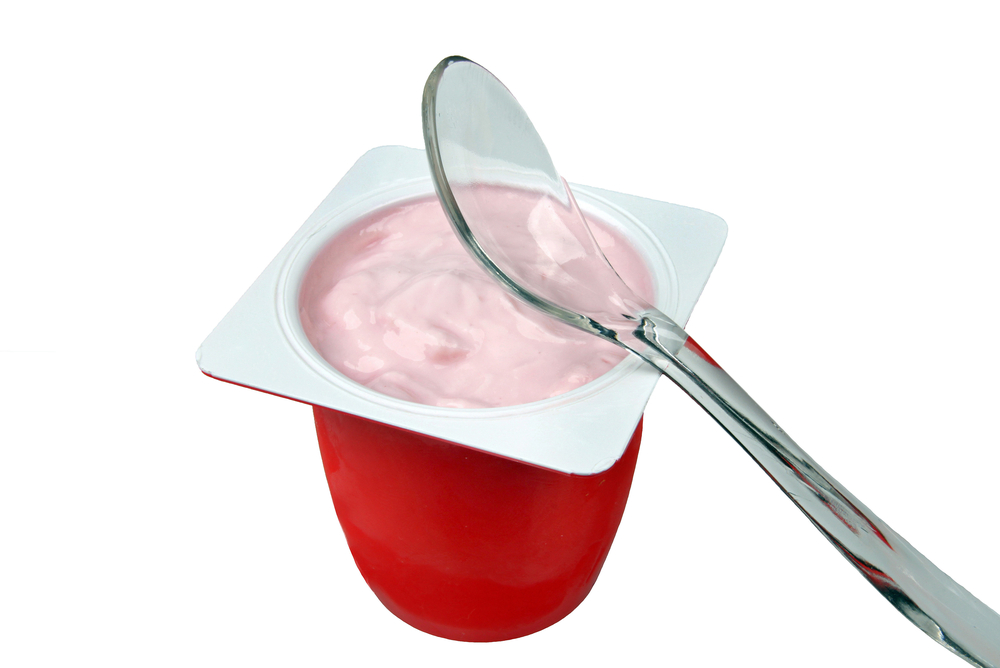
Yogurt is a great low-sodium option that supports digestive health thanks to its probiotics. It’s high in calcium and potassium, which help manage blood pressure and support bone health. Opting for plain, unsweetened yogurt instead of flavored or sweetened varieties reduces intake of added sugars and sodium. Yogurt can replace sour cream or mayonnaise in many recipes, offering a healthier, low-sodium alternative.
Milk
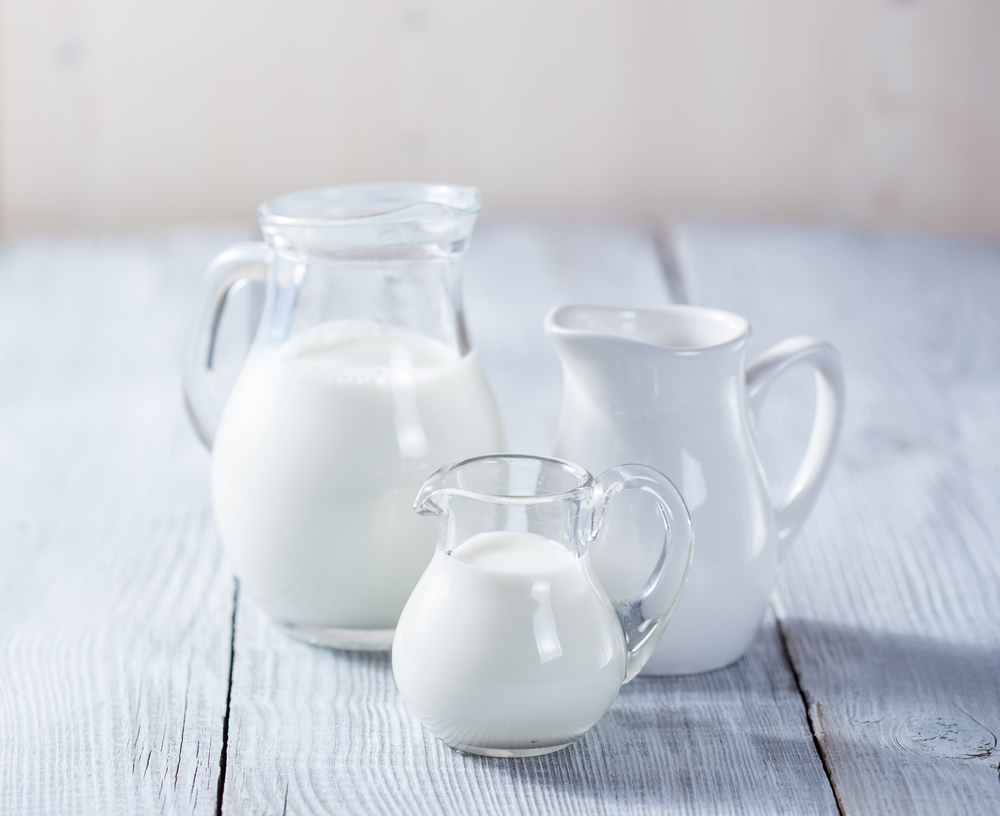
Low-sodium milk is a staple that provides calcium and vitamin D without added salt, contributing to strong bones and teeth. Regular consumption can help manage blood pressure. Choosing milk over higher-sodium dairy products like cheese or processed snacks offers a straightforward way to reduce sodium intake daily.
Asparagus

Asparagus is naturally low in sodium and rich in several nutrients, including potassium, which helps counteract the effects of sodium and lower blood pressure. Including asparagus in your diet instead of canned vegetables can greatly decrease your sodium consumption. It’s also known for its anti-inflammatory properties and ability to aid in digestion.
Spinach

Spinach is an excellent addition to a low-sodium diet, offering high levels of magnesium, iron, and vitamins A and C without added salt. Regularly eating spinach can help decrease blood pressure and provides antioxidants, which protect the body from disease. Use it as a base for salads instead of higher-sodium salad mixes or incorporate it into smoothies.
Homemade Ketchup
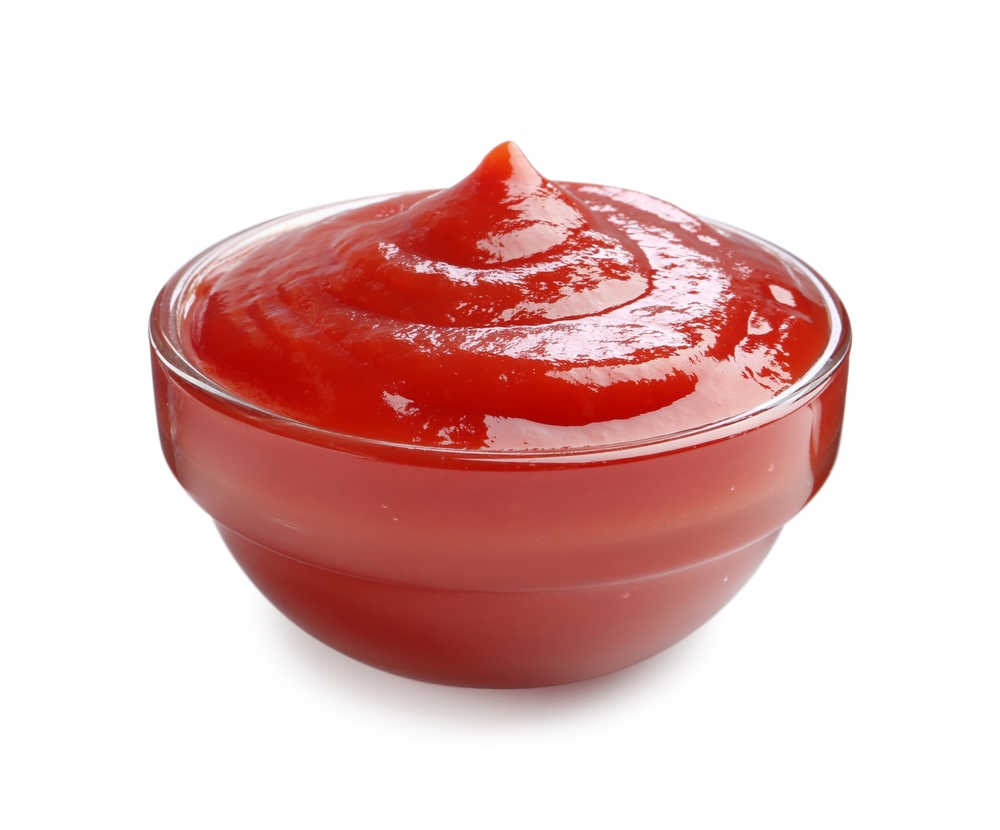
Homemade ketchup allows you to control the amount of sodium, making it a perfect substitute for store-bought varieties that often contain high levels of sodium. It’s also free from added sugars and preservatives, enhancing the nutritional profile of your meals. Switching to homemade ketchup can help you avoid consuming unnecessary sodium in processed condiments.
Homemade Soup
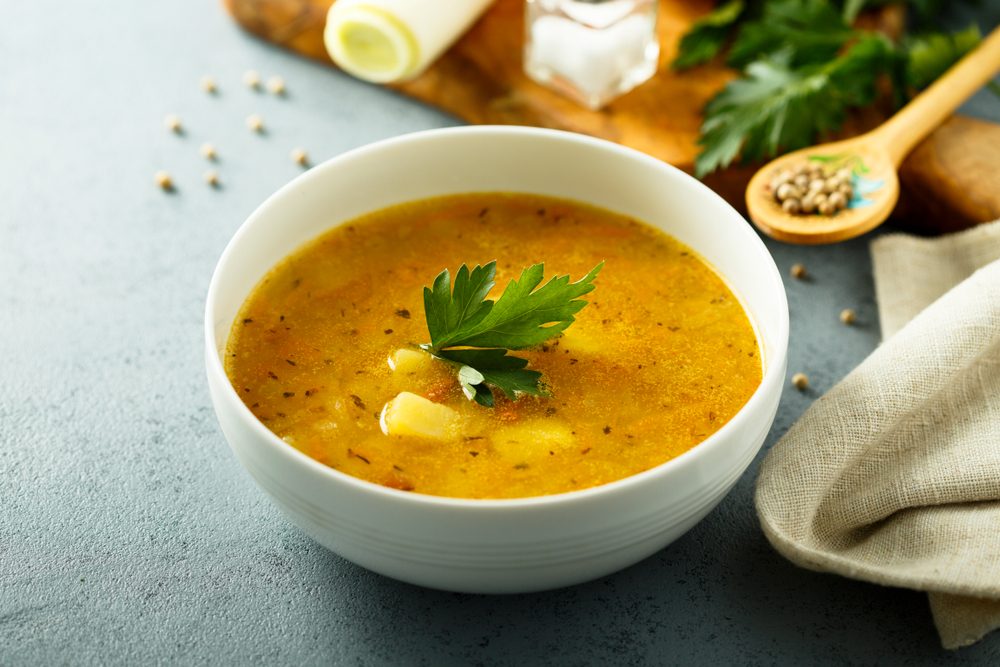
Preparing soup at home allows you to limit sodium content and increase the nutrient density by including a variety of vegetables, lean proteins, and whole grains. Homemade soups can be tailored to taste without the need for high-sodium broths or additives found in many canned soups. It’s a hearty option that provides hydration and helps fill you up with healthy ingredients.
Homemade Pizza
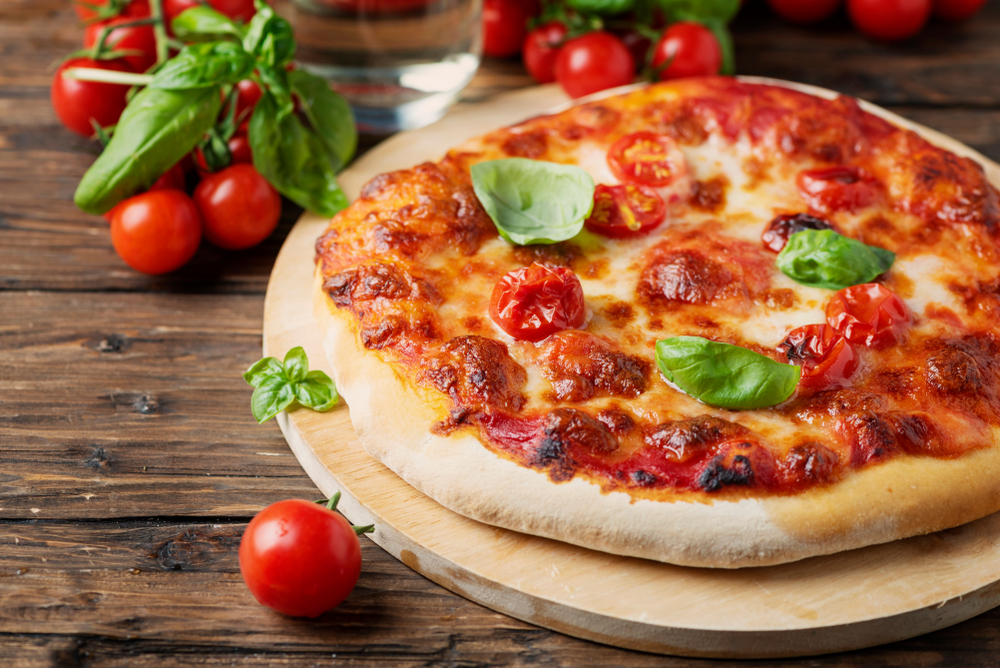
Making pizza at home gives you full control over the toppings and the amount of salt used, making it a healthier choice than many commercially available pizzas. Using low-sodium cheese and loads of vegetables can turn a typical high-sodium treat into a nutritious meal. It’s a fun way to enjoy a favorite dish while keeping your sodium intake in check.
This article originally appeared on RetailShout

